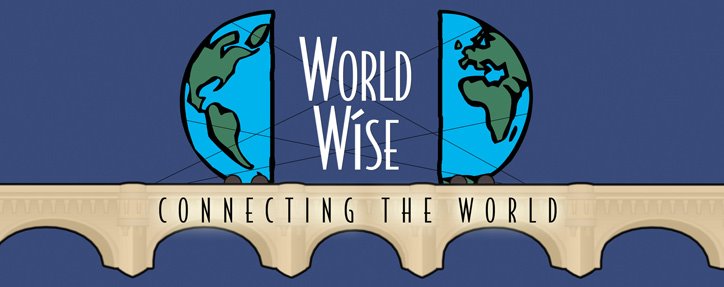Wherever financial analysis appears - in print, on line, podcasts, the radio or early morning TV shows, there’s likely be to be a discussion of the value of one currency in relation to another. China needs to revalue, the euro is shooting up, the yen is not moving--- followed by endless of discussions of what that means. Then, we struggle to understand the implications of all these movements on our business, our national economy.
However, sometimes our interest in exchange rate relationships is more personal. We just want to know if our favorite snack, drink or gifts we plan to purchase will be more or less expensive when we travel than when we buy them at home. What will it take to buy a hamburger in Paris? A martini in Cape Town? Thanks to the Economist (www.economist.com) or Travel+Leisure (www.travelandleisure.com) we can find some answers.
Twenty-five years ago, in 1986, the Economist created the Big Max index. At the most simple level it tells us the price of a Big Mac, in US dollars in over 100 countries around the world. If you look at the chart of the July 2010 index posted on the currency website Oanda (www.oanda.com) you can see that the Big Mac has an average cost of $3.73 in the US. However if you’re in China you’ll likely pay about $2.02 (the lowest cost of the countries listed) while in Norway the Big Mac is hits $8.16 (the most expensive in this list). (http://www.oanda.com/currency/big-mac-index). The purpose of the chart and analysis isn’t to help us to budget for our visits to McDonald’s but rather to illustrate the relationship, the parity or lack of it, between the currencies of multiple countries. It’s a serious and interesting study.
There is an also an Alternate Big Mac index reported in 2009 that looks at how long people in 19 cities have to work in order to earn enough to purchase that Big Mac. In Toronto it's 12 minutes while in Nairobi, it’s two hours. www.economist.com/node/14288808?story_id=E1_TQNRRRDR
But as readers of this blog know from an August 2010 post it’s not just our Big Mac that’s used to compare costs around the world. In 2004 the Tall Latte index appeared, in 2007 it was the I-pod and 2010 the cupcake was the measure.
Today it’s the martini. The June issue of Travel+Leisure includes the Martini Index. www.travelandleisure.com/travel-blog/carry-on/2011/5/19/cost-of-martinis-around-the-world
According to this report in New York a martini will cost $19, $10 in Prague and in Paris, $25. This report updates Travel+Leisure’s 2005 study of the same drink. It isn't a surprise that costs have changed. Six years ago a martini at a luxury hotel in Paris cost $26, $15 in New York’s and in Shanghai it was $8 (today it’s $13).
For me what's more interesting than the changes in cost are the differences in cities listed. In 2011we see Cape Town, Singapore, Mumbai or Dubai none of which appeared in 2005. Warsaw, Geneva, and Seoul all included in 2005 aren't shown in this year. In both lists: Paris, New York, Shanghai, Buenos Aires and Mexico City.
Martinis, Big Macs, I-pods and cupcakes give us a way to understand not only what a snack or gift may cost but also the relationships between currencies and the flow of travel and business around the globe. What will be compared next? What would you consider?
Subscribe to:
Post Comments (Atom)






No comments:
Post a Comment